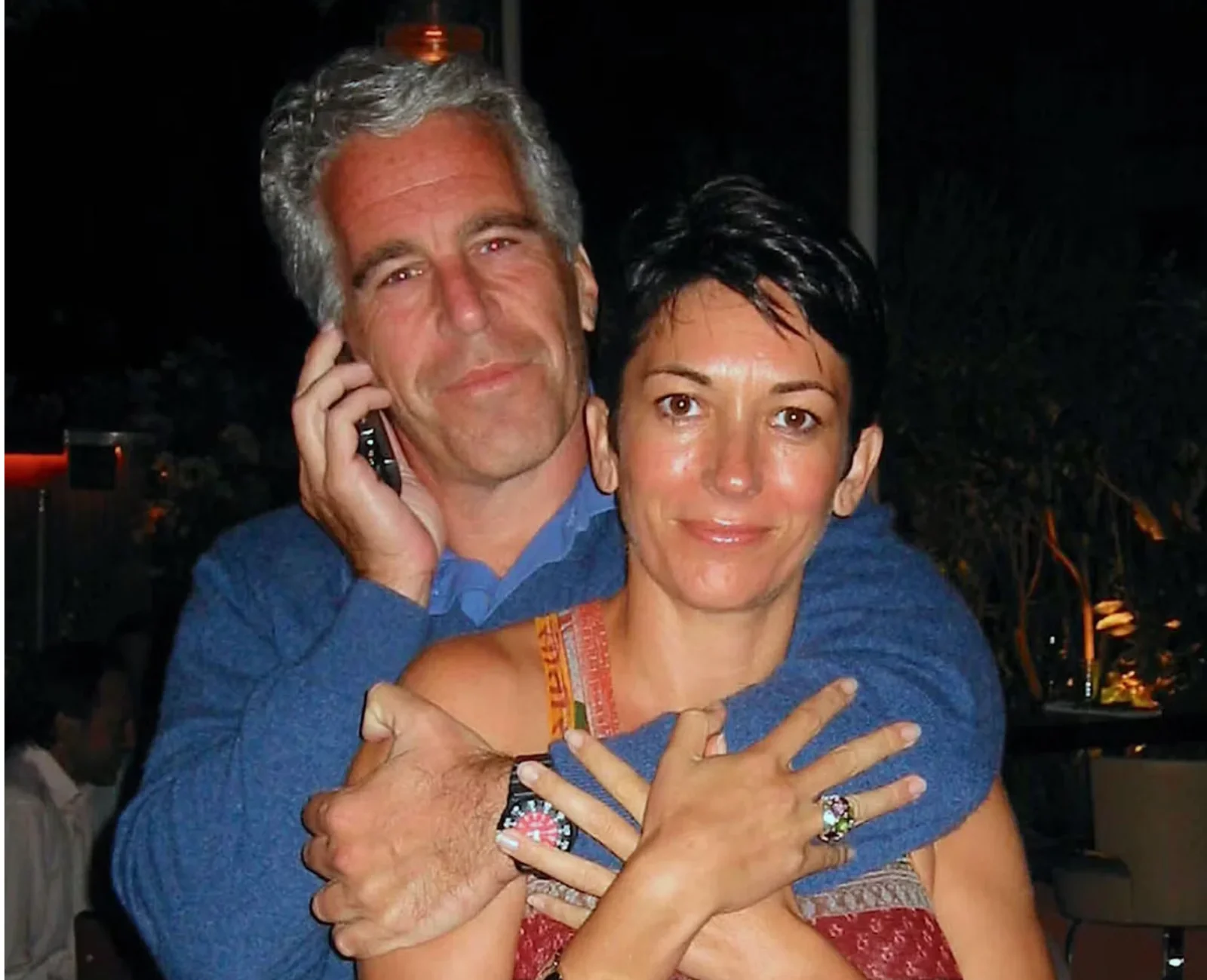World News
Ukraine claims liberation of key southeastern town on August 28, 2023 at 3:46 pm

Ukraine claimed Monday its forces had liberated Robotyne, a key town in the southeastern front that Kyiv has tried to fully seize for months.
Holding the town could give Ukraine the momentum it needs to push deeper into the Zaporizhzhia region as its forces inch toward their main objective of crossing through thick Russian lines toward the Sea of Azov.
Ukrainian Deputy Defense Minister Hanna Maliar said on Telegram that Russian troops were struggling against Ukraine’s advance in Robotyne and described Ukrainian forces as entrenched in the liberated area.
Ukraine’s Defense Ministry said the flag was raised over Robotyne five days ago but the capture of the town was confirmed Monday.
The ministry also shared a video on X, the platform formerly known as Twitter, apparently commemorating the victory. The video shows Ukrainian soldiers from the 47th Mechanized Brigade discussing the operation to take the town and its importance to the overall counteroffensive.
“Because we only have one Ukraine and we must do absolutely everything to keep it whole and great,” one soldier with callsign RAM said in the video.
Russian sources are claiming the fighting is ongoing in Robotyne and there has been no breakthrough past the town and toward other areas. Russia’s Defense Ministry said Monday that its forces repelled attacks around Robotyne.
Ukraine’s Maliar also claimed Ukrainian troops were advancing toward the town of Tokmak, which is south of Robotyne and much deeper into Russian-occupied territory.
Taking Tokmak would be a major step toward taking the city of Melitopol — a waypoint near the Sea of Azov.
If Ukrainian forces can hold Melitopol and reach the coast just past the city — or take the city of Berdiansk to the northeast — they would effectively cut off the so-called land bridge connecting Russia to the Crimea Peninsula, severing a crucial supply route.
Ukraine has has faced heavy difficulties in that objective from entrenched Russian lines since it launched its slow-moving counteroffensive in early June.
But military analysts say Ukraine can still achieve a breakthrough that would begin a faster-paced counteroffensive movement once Kyiv blasts through Russia’s main lines.
It’s unclear if liberating Robotyne would mark that kind of breakthrough, but analysts with the Institute for the Study of War (ISW) said in an assessment this week that the “next series” of Russian defensive lines are potentially less heavily mined, likely to give Russian troops the ability to retreat.
But the next defensive layers may still be heavily defended, ISW analysts said. They said the layers appear to contain an array of anti-tank ditches and dragon’s teeth anti-tank systems.
Russia is also conducting a counteroffensive of its own in the directions of Kupyansk and Lyman, in the Kharkiv and Luhansk regions up north.
“As Ukraine continues to gradually gain ground in the south, Russia’s doctrine suggests that it will attempt to regain the initiative by pivoting back to an operational level offensive,” the U.K. Defense Ministry said in an intelligence update over the weekend. “Kupiansk-Lyman is one potential area for this.”
In another ongoing operation, Ukraine has also liberated about 17 square miles around the embattled town of Bakhmut in the eastern Donetsk region.
Ukraine claimed Monday its forces had liberated Robotyne, a key town in the southeastern front that Kyiv has tried to fully seize for months. Holding the town could give Ukraine the momentum it needs to push deeper into the Zaporizhzhia region as its forces inch toward their main objective of crossing through thick Russian lines…
News
US May Completely Cut Income Tax Due to Tariff Revenue

President Donald Trump says the United States might one day get rid of federal income tax because of money the government collects from tariffs on imported goods. Tariffs are extra taxes the U.S. puts on products that come from other countries.

What Trump Is Saying
Trump has said that tariff money could become so large that it might allow the government to cut income taxes “almost completely.” He has also talked about possibly phasing out income tax over the next few years if tariff money keeps going up.
How Taxes Work Now
Right now, the federal government gets much more money from income taxes than from tariffs. Income taxes bring in trillions of dollars each year, while tariffs bring in only a small part of that total. Because of this gap, experts say tariffs would need to grow by many times to replace income tax money.
Questions From Experts
Many economists and tax experts doubt that tariffs alone could pay for the whole federal budget. They warn that very high tariffs could make many imported goods more expensive for shoppers in the United States. This could hit lower- and middle‑income families hardest, because they spend a big share of their money on everyday items.
What Congress Must Do
The president can change some tariffs, but only Congress can change or end the federal income tax. That means any real plan to remove income tax would need new laws passed by both the House of Representatives and the Senate. So far, there is no detailed law or full budget plan on this idea.

What It Means Right Now
For now, Trump’s comments are a proposal, not a change in the law. People and businesses still have to pay federal income tax under the current rules. The debate over using tariffs instead of income taxes is likely to continue among lawmakers, experts, and voters.
News
Epstein Files to Be Declassified After Trump Order

Former President Donald Trump has signed an executive order directing federal agencies to declassify all government files related to Jeffrey Epstein, the disgraced financier whose death in 2019 continues to fuel controversy and speculation.
The order, signed Wednesday at Trump’s Mar-a-Lago estate, instructs the FBI, Department of Justice, and intelligence agencies to release documents detailing Epstein’s network, finances, and alleged connections to high-profile figures. Trump described the move as “a step toward transparency and public trust,” promising that no names would be shielded from scrutiny.
“This information belongs to the American people,” Trump said in a televised statement. “For too long, powerful interests have tried to bury the truth. That ends now.”
U.S. intelligence officials confirmed that preparations for the release are already underway. According to sources familiar with the process, the first batch of documents is expected to be made public within the next 30 days, with additional releases scheduled over several months.
Reactions poured in across the political spectrum. Supporters praised the decision as a bold act of accountability, while critics alleged it was politically motivated, timed to draw attention during a volatile election season. Civil rights advocates, meanwhile, emphasized caution, warning that some records could expose private victims or ongoing legal matters.
The Epstein case, which implicated figures in politics, business, and entertainment, remains one of the most talked-about scandals of the past decade. Epstein’s connections to influential individuals—including politicians, royals, and executives—have long sparked speculation about the extent of his operations and who may have been involved.

Former federal prosecutor Lauren Fields said the release could mark a turning point in public discourse surrounding government transparency. “Regardless of political stance, this declassification has the potential to reshape how Americans view power and accountability,” Fields noted.
Officials say redactions may still occur to protect sensitive intelligence or personal information, but the intent is a near-complete disclosure. For years, critics of the government’s handling of Epstein’s case have accused agencies of concealing evidence or shielding elites from exposure. Trump’s order promises to change that narrative.
As anticipation builds, journalists, legal analysts, and online commentators are preparing for what could be one of the most consequential information releases in recent history.
Politics
Netanyahu’s UN Speech Triggers Diplomatic Walkouts and Mass Protests

What Happened at the United Nations
On Friday, Israeli Prime Minister Benjamin Netanyahu addressed the United Nations General Assembly in New York City, defending Israel’s ongoing military operations in Gaza. As he spoke, more than 100 delegates from over 50 countries stood up and left the chamber—a rare and significant diplomatic walkout. Outside the UN, thousands of protesters gathered to voice opposition to Netanyahu’s policies and call for accountability, including some who labeled him a war criminal. The protest included activists from Palestinian and Jewish groups, along with international allies.

Why Did Delegates and Protesters Walk Out?
The walkouts and protests were a response to Israel’s continued offensive in Gaza, which has resulted in widespread destruction and a significant humanitarian crisis. Many countries and individuals have accused Israel of excessive use of force, and some international prosecutors have suggested Netanyahu should face investigation by the International Criminal Court for war crimes, including claims that starvation was used as a weapon against civilians. At the same time, a record number of nations—over 150—recently recognized the State of Palestine, leaving the United States as the only permanent UN Security Council member not to join them.
International Reaction and Significance
The diplomatic walkouts and street protests demonstrate increasing global concern over the situation in Gaza and growing support for Palestinian statehood. Several world leaders, including Colombia’s President Gustavo Petro, showed visible solidarity with protesters. Petro called for international intervention and, controversially, for US troops not to follow orders he viewed as supporting ongoing conflict. The US later revoked Petro’s visa over his role in the protests, which he argued was evidence of a declining respect for international law.

Why Is This News Important?
The Gaza conflict is one of the world’s most contentious and closely-watched issues. It has drawn strong feelings and differing opinions from governments, activists, and ordinary people worldwide. The United Nations, as an international organization focused on peace and human rights, is a key arena for these debates. The events surrounding Netanyahu’s speech show that many nations and voices are urging new action—from recognition of Palestinian rights to calls for sanctions against Israel—while discussion and disagreement over the best path forward continue.
This episode at the UN highlights how international diplomacy, public protests, and official policy are all intersecting in real time as the search for solutions to the Israeli-Palestinian conflict remains urgent and unresolved.

 Entertainment4 days ago
Entertainment4 days agoWicked Sequel Disappoints Fans: Audience Verdict on For Good

 Entertainment3 weeks ago
Entertainment3 weeks agoAfter Party: Festival Winner for Best Romantic Short

 News3 weeks ago
News3 weeks agoCamp Wackapoo – Rise of Glog Takes Center Stage

 Entertainment3 weeks ago
Entertainment3 weeks agoFrancisco Ramos Takes Top Mockumentary Award at Houston Comedy Film Festival

 News2 weeks ago
News2 weeks agoYolanda Adams Questions Traditional Views on God’s Gender, Audience Reacts

 Politics3 weeks ago
Politics3 weeks agoTrump’s $2,000 Tariff Dividend Plan: Who Gets Paid?

 Politics4 weeks ago
Politics4 weeks agoMamdani’s Victory Triggers Nationwide Concern Over New York’s Future

 Film Production3 weeks ago
Film Production3 weeks agoWhy China’s 2-Minute Micro Dramas Are Poised To Take Over The U.S.



























